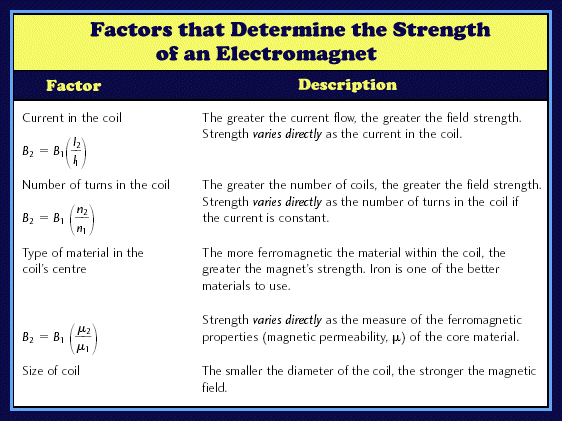
Electromagnetism was discovered by Hans Oersted when he observed that a current carrying conductor causes the needle of a magnetic compass to change direction.

If a magnetic compass is held near the wire in the above diagrams, the needle will align itself tangent to the circle passing crosswise through the shaft. The north pole will point in the direction of the arrows.
There are two two conventions used to indicate the direction of current flow or should I say electron flow. And this is where the difference lies.
In a battery or electrochemical cell, electrons are produced at on electrode called the anode (where oxidation occurs, the negative terminal) and are passed throught the external circuit to the second electrode called the cathode (where reduction occurs, the positive terminal). This convention used in electrochemistry is called the electron flow convention.

Originally nobody knew about electron or how a battery produced electrons so Benjamin Franklin decide that the current flowed from the positive terminal to the negative terminal. This was an arbitrary decision and is called the current flow convention.
I suppose you could say in physics use current flow convention and in chemistry use electron flow convention.
Since we will be using the current flow convention right hand rules will be used. Note: if electron flow convention is used the just switch hands and left hand rules will be just as valid.
Is based on the idea that field lines (H) can be concentrated into a small area and reinforce each other.


Factors that effect the strength of an electromagnet are listed in the chart below

Two of these effects are shown in this diagram

Electromagnets in action is found in section 14.4 in text book. Four examples of electromagnets are listed in the text. Here's a chart listing three such uses.



Students at working ringing the bell;
Continue on to the Motor Principle Click Here